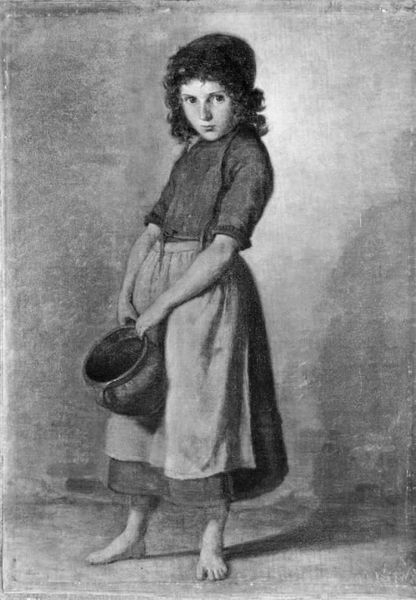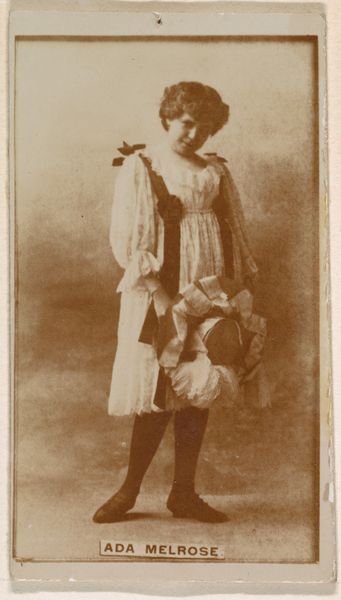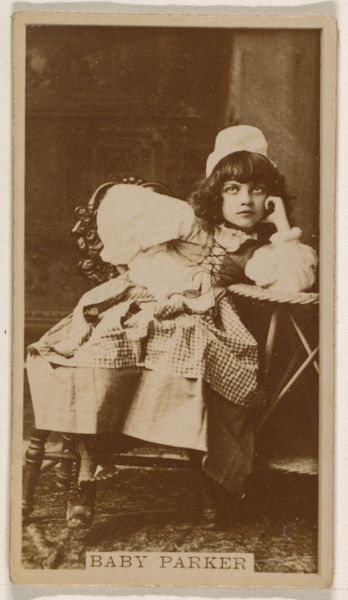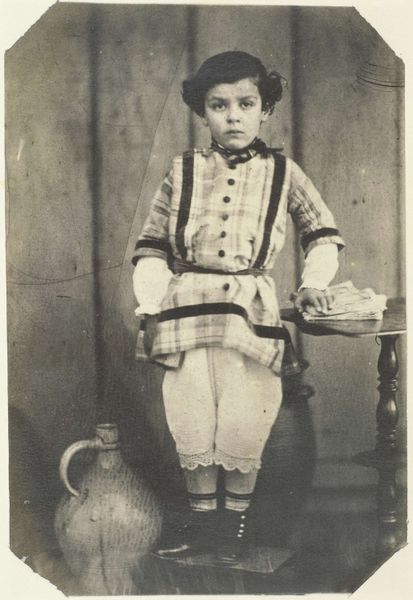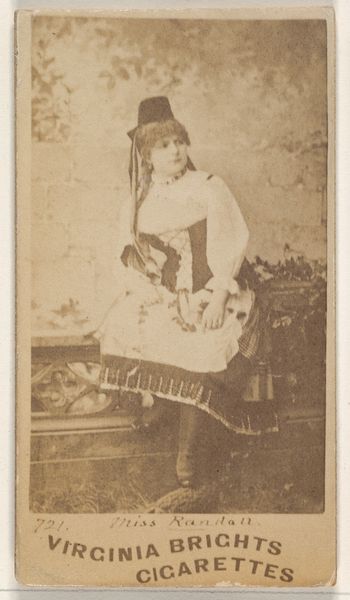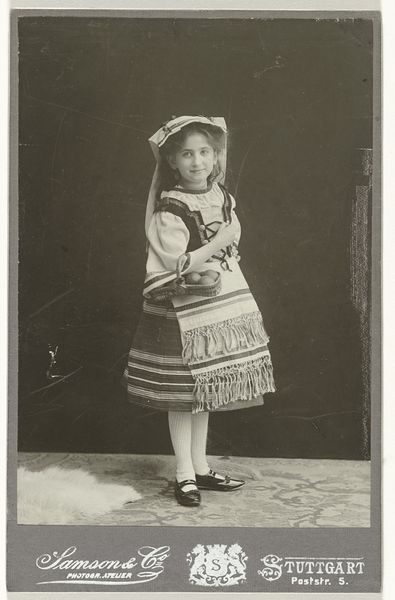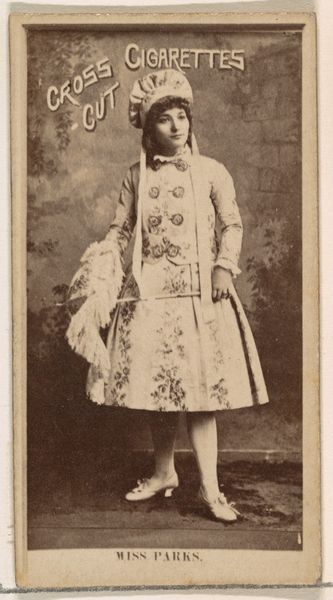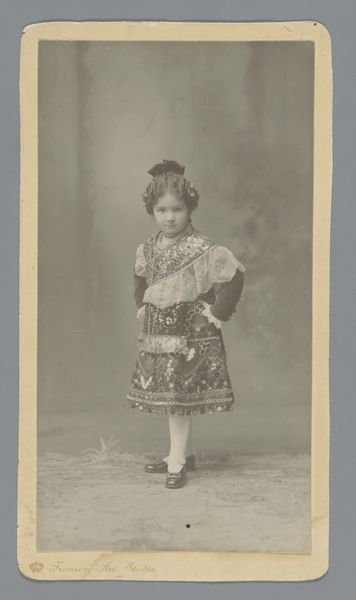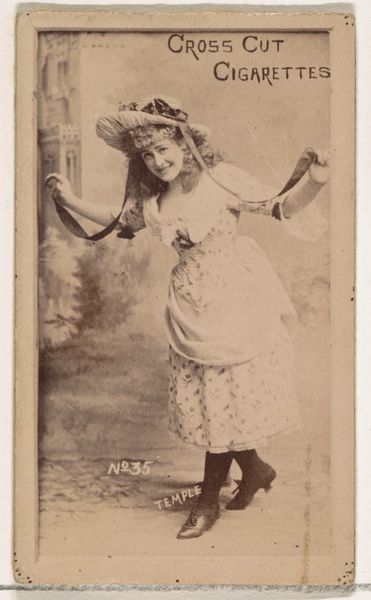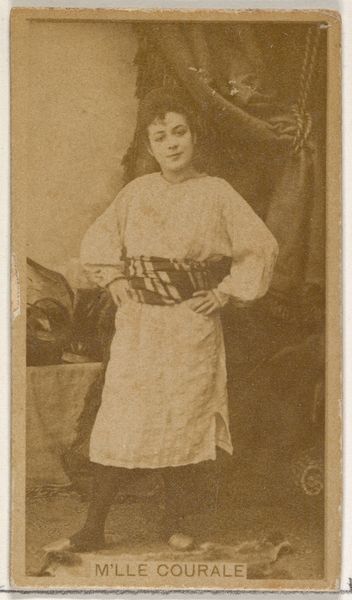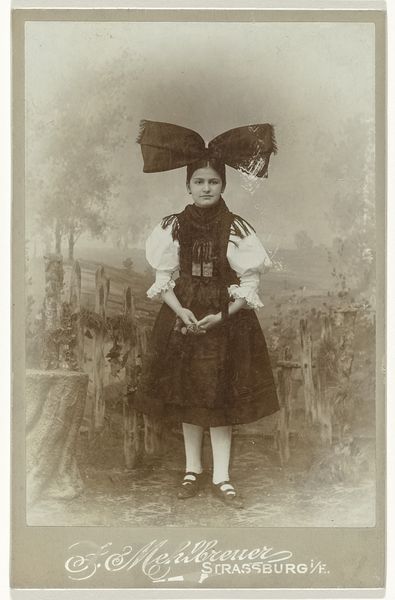
drawing, pencil
#
portrait
#
drawing
#
charcoal drawing
#
child
#
pencil
#
costume
#
genre-painting
#
history-painting
#
academic-art
#
realism
Copyright: Public domain
Editor: Here we have a drawing, "Ciociara, Italian peasant woman," rendered around 1880 by Léon Bonnat, in pencil and charcoal. There’s something haunting about her gaze and the formality of her dress – a weight of history, maybe? What do you see in this piece, looking at her? Curator: Weight, definitely. She’s like a little vessel holding centuries. Think about the ‘Ciociara’ – not just a woman, but a symbol. Bonnat, known for his realism, wasn’t just capturing a likeness. He was evoking a people, a history etched in those fabrics and, yes, that penetrating gaze. It's less a portrait, and more of a type, wouldn't you agree? Almost ethnographic? Editor: Yes, definitely. It's the way the light catches the fabric, the details of the costume; you're right, there's an element of cataloging here. What does she catalog exactly? Is it simply a record? Curator: Good question. It's not just a record, no. It’s imbued with Bonnat's perspective – the academic tradition shaping his eye. But there’s also something else... that seriousness in a young face, almost theatrical in its intensity. It challenges the purely objective gaze. Can a portrait ever be purely objective? It always holds a degree of interpretation, don’t you think? And sometimes, a whole world. Editor: That makes a lot of sense. I think I came in with this notion of "simple portrait" but, you are right; a whole world resides within that single face. Curator: Indeed. Art isn't simply about seeing; it's about perceiving. And maybe, just maybe, letting ourselves be seen, too. What an opening she provides! Editor: That’s really shifted my perspective. I’ll never look at a portrait the same way again!
Comments
No comments
Be the first to comment and join the conversation on the ultimate creative platform.
